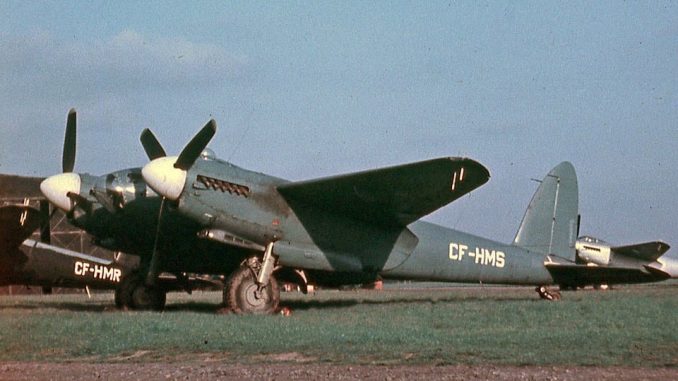
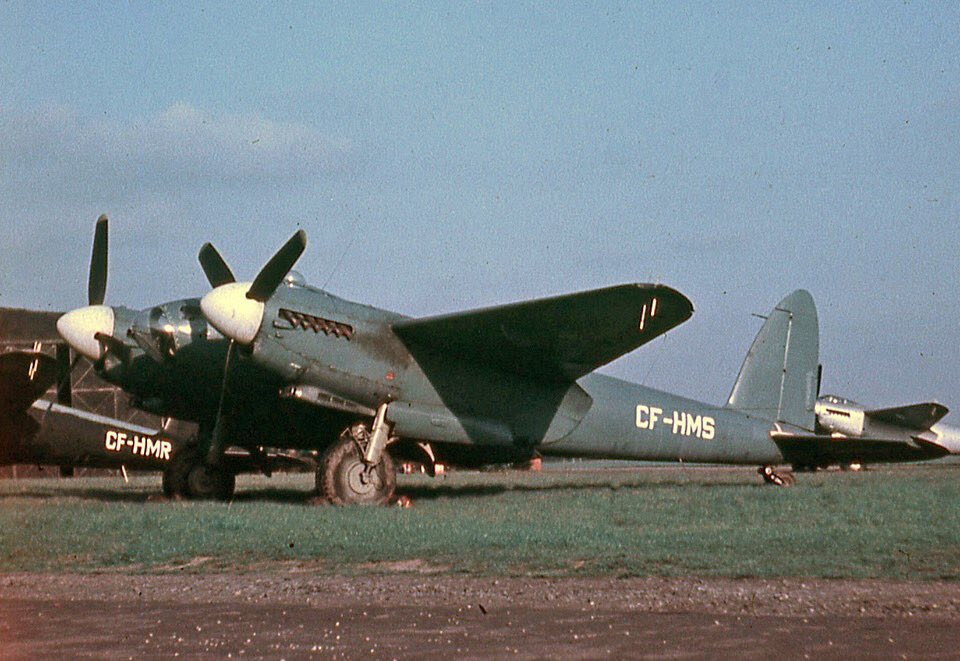
As a follow-up to our article concerning the restoration of a deHavilland Sea Hornet, we thought our readers would be interested in another former Spartan Air Services beauty; deHavilland Mosquito PR.35 RS700. The unique survivor of its marque, RS700 is currently under restoration with Calgary Mosquito Society in Alberta, Canada. The museum has been receiving technical assistance from The People’s Mosquito in the UK, who are also hard at work on their own Mosquito project. As we reported HERE, the British organization recently unearthed a cache of more than 20,000 original deHavilland Mosquito design drawings. They have been generously sharing crucial, and previously lost details about the Mosquito PR.35 variant with the Calgary Mosquito Society. The following is a press release describing their joint operations…
In September 2017, UK-based charity The People’s Mosquito announced a unique collaboration that has seen the sharing of original de Havilland technical drawings to help support work on RS700, a DH.98 Mosquito PR.35 owned by The City of Calgary and currently undergoing restoration by The Calgary Mosquito Society.
The donation follows increasingly close collaboration between the two groups. Following the donation by Airbus UK of more than 22,300 original de Havilland drawing office technical drawings to the People’s Mosquito earlier this summer, the group has been contacted by several conservation projects and collectors interested in accessing the treasure trove of technical data contained within.
Discussions between the Calgary Mosquito Society and The People’s Mosquito’s Director of Engineering, Ross Sharp, have been ongoing for several weeks, as Ross continues to analyse and catalogue what constitutes the largest and most comprehensive archive of Mosquito-related data in the world.
Richard de Boer, President of The Calgary Mosquito Society, was especially interested in understanding the modifications carried out by Marshalls of Cambridge to convert the former Royal Air Force Mosquito from its B.35 bomber configuration into a PR.35 photo reconnaissance aircraft.
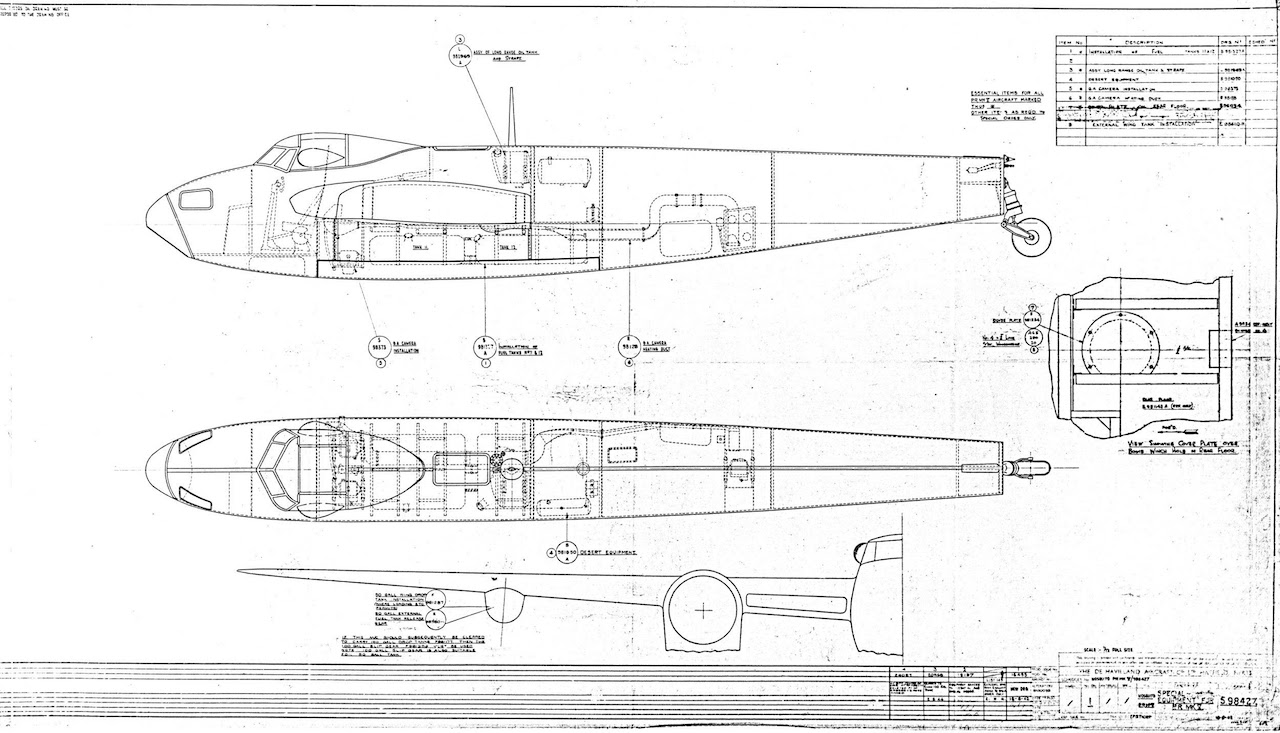
Insights into an extensive conversion
“Marshalls of Cambridge, the company responsible for work on RS700 as Marshalls Flying School, were no stranger to the de Havilland Mosquito, having converted no less than 98 NF.II nightfighters to NF.XVII standard, equipping them with centrimetric radar,” explained Ross Sharp. “The company also undertook work on TT.35 target tugs, the last mark of Mosquito to be withdrawn from Royal Air Force service.
“The batch of B. Mk 35s to be converted to PR.35 standard was small, only 10 aircraft, but the work undertaken was extensive, involving modifications to the flex drives to the survey cameras, additions to the intercom system, removal of many unwanted components fitted as standard to the bomber version, as well as installation of new magnetic relays. As we delve deeper into the mass of drawings we have been given, it is certain that more details will be revealed.”
Spartan Air Service bought RS700 in 1954, for the princely sum of CAN$1,500. RS700 was the last Spartan Mosquito to complete its trans-Atlantic crossing in 1956. The aircraft received the Canadian civilian registration CF-HMS, and spent the next four years completing invaluable aerial survey work across Northern Canada, Manitoba, Central and Southern America, as well as British Columbia before being withdrawn from service in 1960.
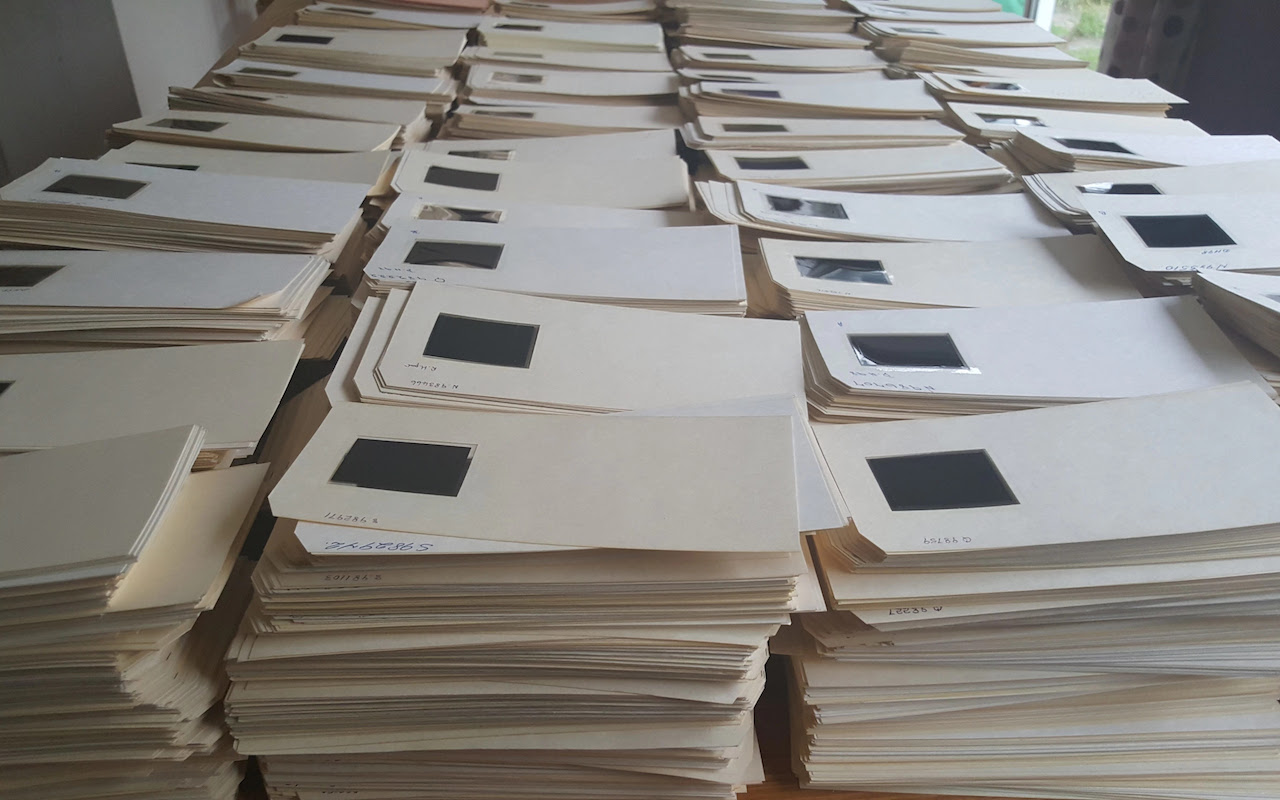
Affiliates enjoy mutual support
Following the launch of The People’s Mosquito affiliate programme in 2012, its Board has worked tirelessly to forge mutually beneficial relationships with interested and related parties across the world. The programme, which today includes museums, aviation restoration companies, heritage organisations, acclaimed aviation artists, as well as recognised leading aviation historians, stretches from North America, across Europe to Australasia.
Affiliates all have one thing in common – to promote aviation and aviation history and a general increase in awareness of the aircraft preservation/restoration movement. Up until now, the programme has been limited to the exchange of ideas, support and publicity.
It is hoped the donation of several original de Havilland technical drawings, which relate specifically to the B.35 – PR.35 conversion programme carried out by Marshalls, should assist The Calgary Mosquito Society in completing the restoration of RS700.
“We are thrilled and grateful that The People’s Mosquito would take the time to let us know of this great find and to supply copies for us. Outside of their own group, we are the first to benefit from this amazing find,” said Richard de Boer, President The Calgary Mosquito Society. “What they have uncovered is much more than parts drawings. Many are one of a kind, history-changing items.”
In the meantime, with more than 14,000 technical drawings still to catalogue, The People’s Mosquito hopes this is the first of many similar collaborations that can be unlocked thanks to this invaluable and unique resource.
WarbirdsNews would like to thank The People’s Mosquito for providing us this article, and for working so hard to preserve the heritage of the deHavilland Mosquito design. Please do consider donating HERE to this group to help them continue their mission!
Related Articles
Born in Milan, Italy, Moreno moved to the U.S. in 1999 to pursue a career as a commercial pilot. His aviation passion began early, inspired by his uncle, an F-104 Starfighter Crew Chief, and his father, a military traffic controller. Childhood adventures included camping outside military bases and watching planes at Aeroporto Linate. In 1999, he relocated to Atlanta, Georgia, to obtain his commercial pilot license, a move that became permanent. With 24 years in the U.S., he now flies full-time for a Part 91 business aviation company in Atlanta. He is actively involved with the Commemorative Air Force, the D-Day Squadron, and other aviation organizations. He enjoys life with his supportive wife and three wonderful children.

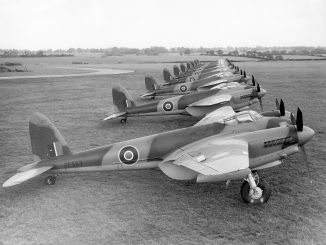
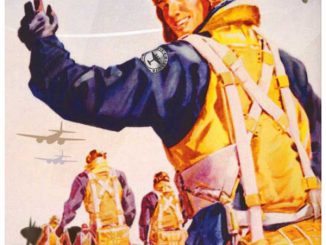
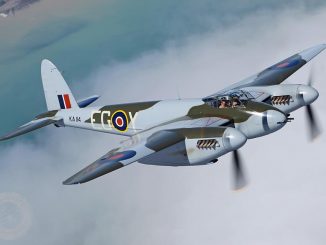
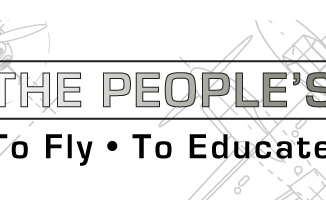
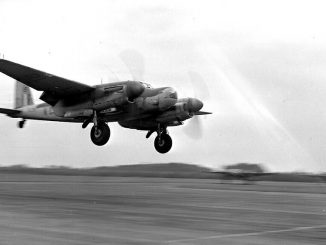

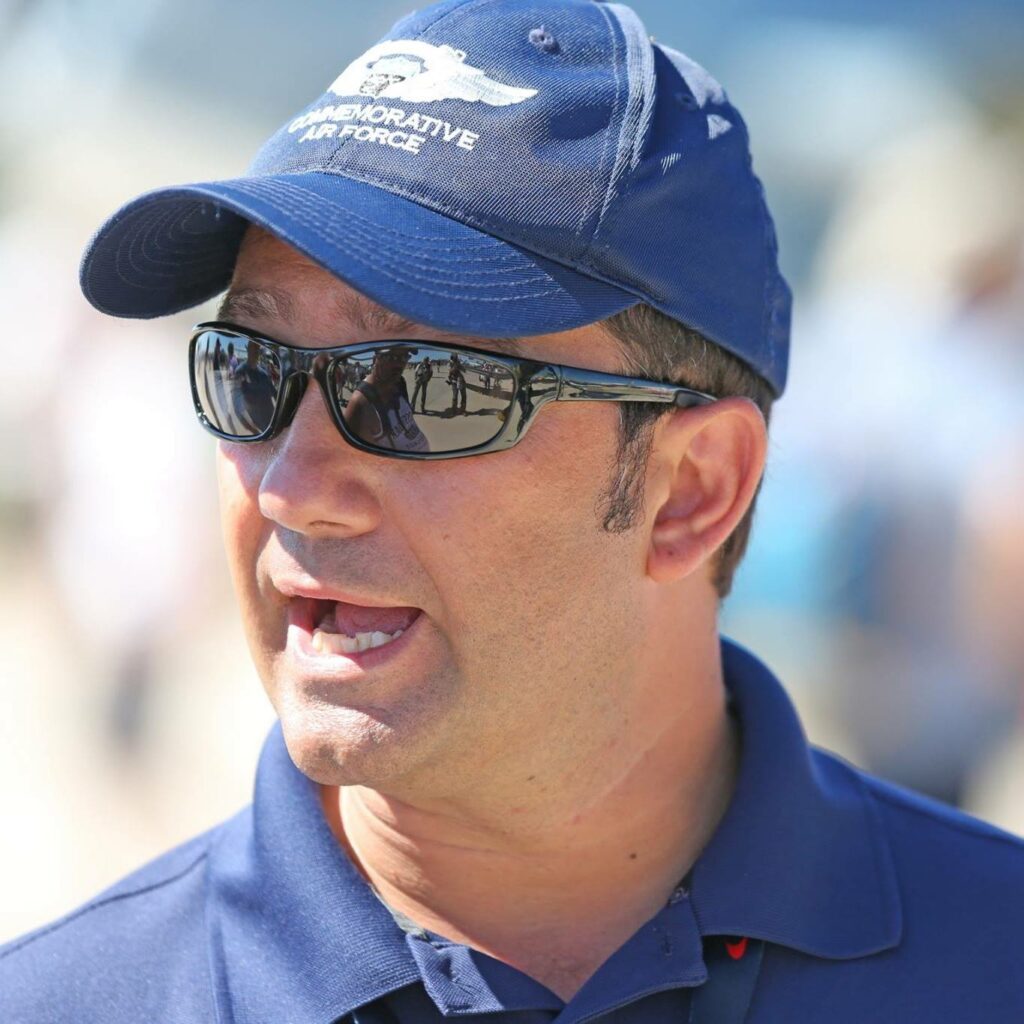
Be the first to comment
Graphic Design, Branding and Aviation Art